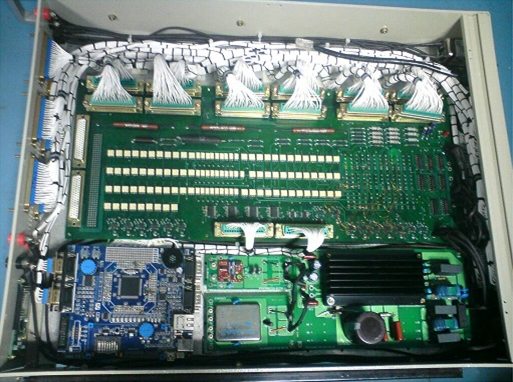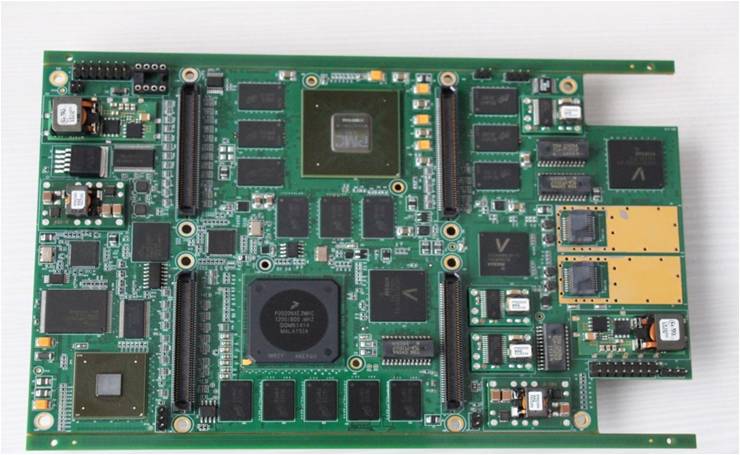Severity: 8192
Message: Return type of CI_Session_files_driver::open($save_path, $name) should either be compatible with SessionHandlerInterface::open(string $path, string $name): bool, or the #[\ReturnTypeWillChange] attribute should be used to temporarily suppress the notice
Filename: drivers/Session_files_driver.php
Line Number: 132
Severity: 8192
Message: Return type of CI_Session_files_driver::close() should either be compatible with SessionHandlerInterface::close(): bool, or the #[\ReturnTypeWillChange] attribute should be used to temporarily suppress the notice
Filename: drivers/Session_files_driver.php
Line Number: 290
Severity: 8192
Message: Return type of CI_Session_files_driver::read($session_id) should either be compatible with SessionHandlerInterface::read(string $id): string|false, or the #[\ReturnTypeWillChange] attribute should be used to temporarily suppress the notice
Filename: drivers/Session_files_driver.php
Line Number: 164
Severity: 8192
Message: Return type of CI_Session_files_driver::write($session_id, $session_data) should either be compatible with SessionHandlerInterface::write(string $id, string $data): bool, or the #[\ReturnTypeWillChange] attribute should be used to temporarily suppress the notice
Filename: drivers/Session_files_driver.php
Line Number: 233
Severity: 8192
Message: Return type of CI_Session_files_driver::destroy($session_id) should either be compatible with SessionHandlerInterface::destroy(string $id): bool, or the #[\ReturnTypeWillChange] attribute should be used to temporarily suppress the notice
Filename: drivers/Session_files_driver.php
Line Number: 313
Severity: 8192
Message: Return type of CI_Session_files_driver::gc($maxlifetime) should either be compatible with SessionHandlerInterface::gc(int $max_lifetime): int|false, or the #[\ReturnTypeWillChange] attribute should be used to temporarily suppress the notice
Filename: drivers/Session_files_driver.php
Line Number: 354
Jupiter specializes in digital hardware design (FPGA) for both commercial and aerospace application. We offer services and custom products in the following fields :

Jupiter specializes in developing, maintaining and supporting
robust microprocessor/micro controller based designs for both
commercial and aerospace application.
We offer services and custom products in the following fields: Intel X86, ARM core, SPARC platforms.
This system has 72 Nos. of boards in the name of four modules like Multi trip Module, Photo Multi trip Module, Field Emission Module and System Control Module for three sets. Each Module consist of two types of carrier boards i.e. cPCI carrier board and rear I/O carrier board. Apart from these carrier boards the modules has 3 types of mezzanine cards i.e. rear analog I/O mezzanine card (mounted on rear I/O carrier board), rear digital I/O mezzanine card (mounted on rear I/O carrier board) and 2 nos. of function specific mezzanine cards mounted on VME 64x / cPCI carrier board.Architecture of the module is as shown below
The unique functionality of each module is migrated on to the mezzanine board which are populated on VME 64x / cPCI base board

The above said four modules are identical with common CPCI 6U main board with two rear cards& two I/O cards accompanied two Mezzanine cards in which these boards are facing in the front facia panel. The Mechanical housing of the module is shown below for better understanding

TEST PROCEDURE FOR VME 64x CARD AFTER COMPONENTS ASSEMBLE
System Level Integration Test Image


STG Automated Test System performs the automated Test & Evaluation of Stimuli Generator (STG) unit. It comprises of three components

Internal Structure of STG Systems

Front View of STG Systems

Back View of STG Systems


The CPS-1848 provides a full non-blocking bandwidth of 240 Gbps on up to 18 logical ports. The CPS-1848 uses a 5th generation switch fabric, building upon Gen 1 CPS and Tsi switching architectures. This new switch uses patent pending features to minimize latency, ensure scheduling fairness, and provide superior multicast throughput.
The CPS-1848’s 6.25 Gbaud SerDes is ideal for backplanes yet can run even lower power for local connectivity. This performance is realized over twice the transmission distance and three orders of magnitude improvement in bit error rate (BER) compared to the very capable Gen1 standard.
SRIO SWITCH CARD

HIGH SPEED ETHERNET SWITCH CARD MOTHER BOARD BACKPLANE, MAINLY DESIGNED & DEVELOPED FOR MILITARY APPLICATIONS FOR COMMUNICATION PURPOSE THE BOARD IS DESIGNED WITH MAIN PROCESSOR CPS-1848 & 89HP0608RZBABGI .FULL DUPLEX 240 Gbps BANDWIDTH